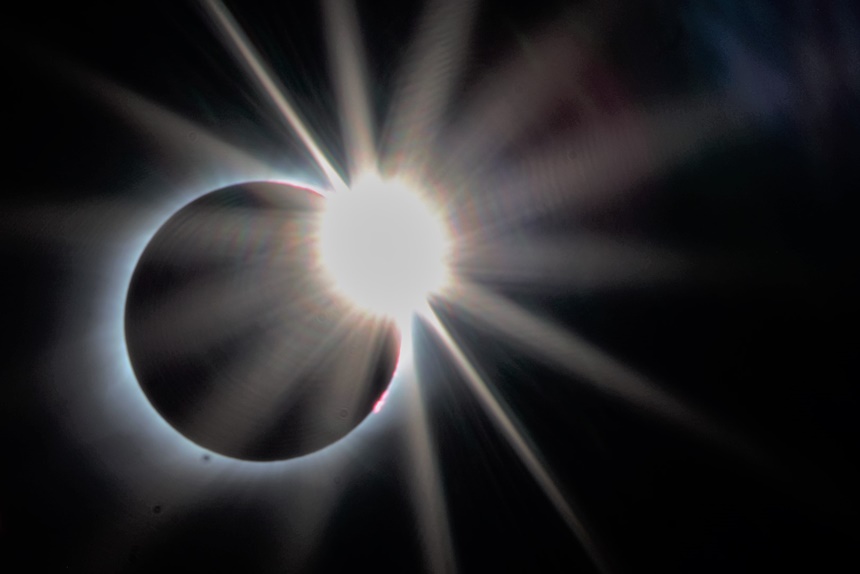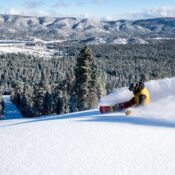This April 8, in an arc a few miles wide and more than 1,000 miles long, scores of whistle-stop towns are bracing for the influx of millions who will come pouring in to witness up to 4-1/2 minutes of darkness during that day’s total solar eclipse. Starting in Texas and looping northeast to Maine, here are just a few that are gearing up for their moment in the darkened sun.
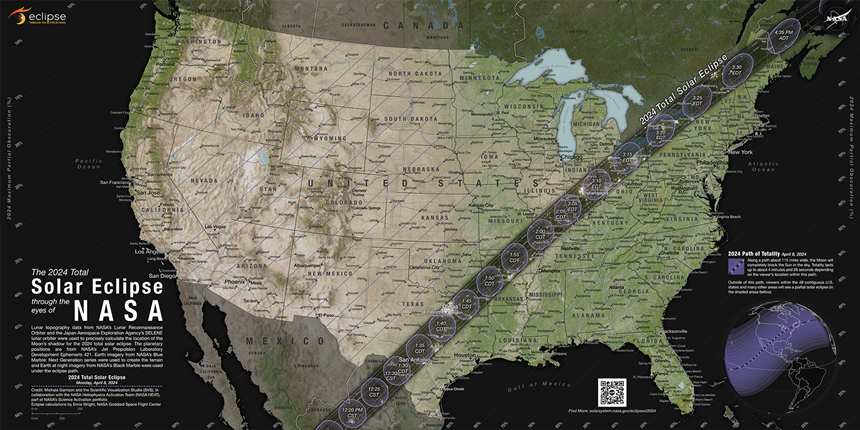
Fredericksburg, Texas
(4 minutes 24 seconds totality)
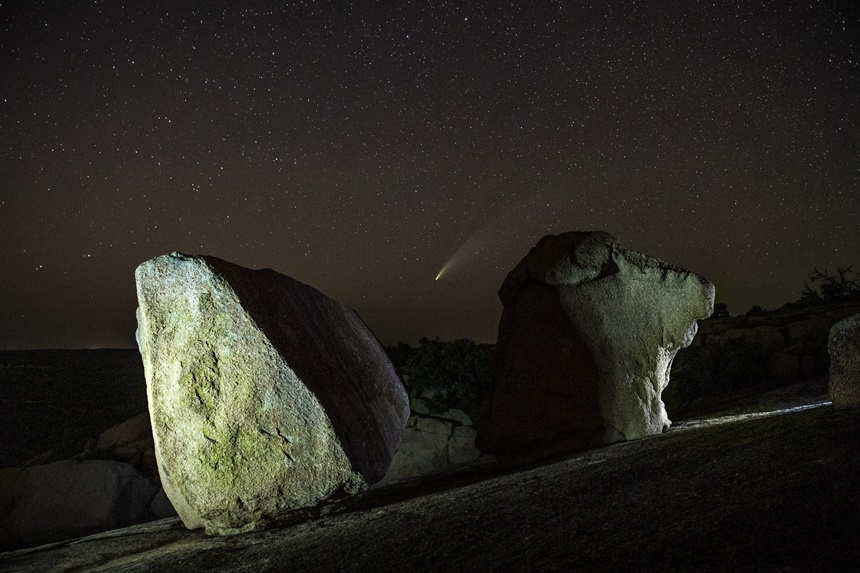
A one-hour drive northwest of San Antonio, Fredericksburg started out as a supply center for the area’s German immigrant farmers and ranchers; now its main street — wide enough to turn a horse and wagon — is a collection of quaint independent shops and restaurants. Smack in the middle of the eclipse path, Fredericksburg has lots of open sky to choose from, including downtown’s Bavarian-influenced Marktplatz and, a few blocks away, 330-acre Lady Bird Johnson Park. A few miles outside of town, Enchanted Rock State Natural Area, a favorite nighttime stargazing spot, is taking reservations.
Highland Lakes, Texas
(4 minutes 20 seconds)
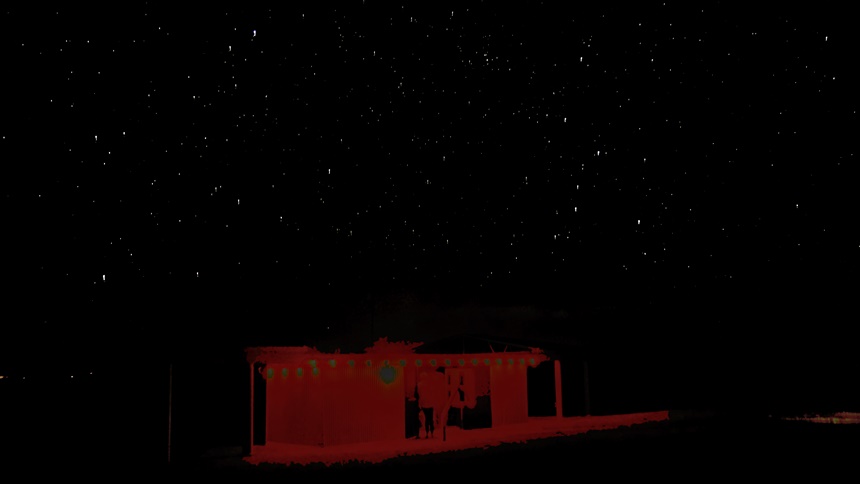
With more than four minutes of totality on eclipse day, the dry blue skies of central Texas may be one of the most reliable sighting spots in the country. Pick your own wide-open space or hang with the crowd at an eclipse event.
In Burnet (pronounced Burn-it, durn-it) the Texas Eclipse Festival aspires to be a five-day music/art/performance/lecture event that’s part Woodstock, part Burning Man, part TED Talk. Musical groups from 13 countries will perform, enormous sculptures will be displayed, and experts will explain the eclipse (which occurs on Day 4). You can camp the whole time or just go for the day
When I visited the rustic, remote Canyon of the Eagles resort near Burnet more than two years ago, the place was already fixin’ to welcome a flood of eclipse enthusiasts. They’ve had an on-site observatory and staff astronomer for years and are offering packages ranging from campsites to lakeview cabins.
Then again, you might just want to head out to the countryside and find your own eclipse spot. The low-key town of Marble Falls is surrounded by wide open spaces, most notably Balcones Canyonlands National Wildlife Refuge and the spectacular rocky slope of Enchanted Rock State Natural Area.
Heber Springs, Arkansas
(4 minutes 2 seconds)
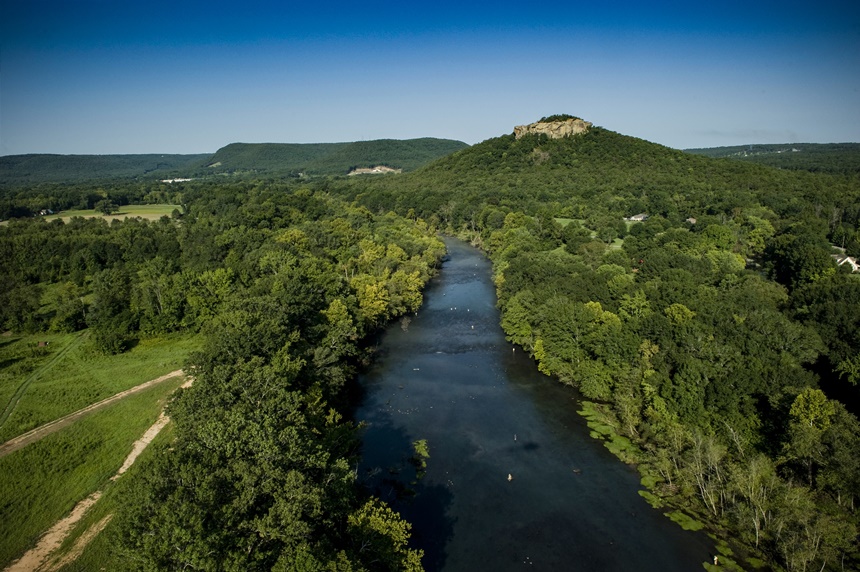
An hour north of Little Rock, tiny Heber Springs has an outsized variety of solar eclipse spotting sites, from the top of Greers Ferry Dam to the beaches of Greers Ferry Lake to the big blue sky above Sugarloaf Mountain. One thing’s for sure: On eclipse morning, there’ll be a long line outside Jitterbug Coffeehouse, a Main Street landmark for nearly 20 years. “I’m a little nervous, to tell you the truth,” says owner Scott Jones. “There’s going to be a lot of people here.” And it’s a safe bet a lot of them will be ordering his special Eclipse Day coffee beverage: Dark Side of the Mocha.
Carbondale, Illinois
(4 minutes 8 seconds)
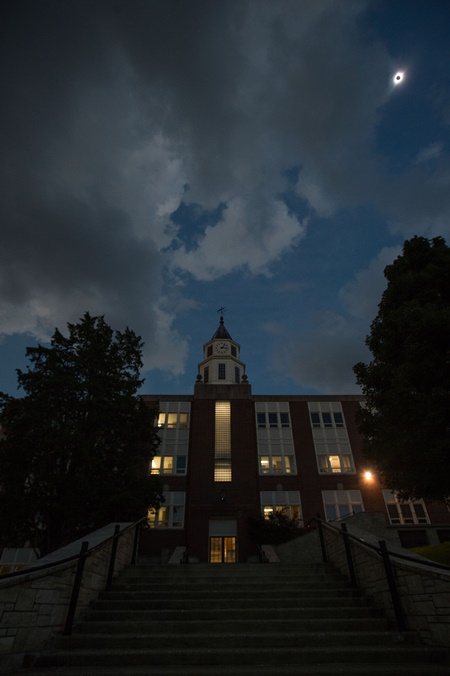
Two hours southeast of St. Louis, Missouri, this university town bills itself as “The Eclipse Crossroads of America,” and that’s no idle boast: In what can only be described as a coincidence of cosmic proportions, the total solar eclipse of 2017 also passed, dead-center, over Carbondale. As a result, the town is uniquely experienced when it comes to hosting eclipse watchers: Partnering with NASA and the Alder Planetarium in Chicago, Southern Illinois University at Carbondale will pack sungazers into the school’s Saluki Stadium, offering special eclipse viewing sunglasses and commentary by astronomy experts.
Santa Claus, Indiana
(1 minute 43 seconds)
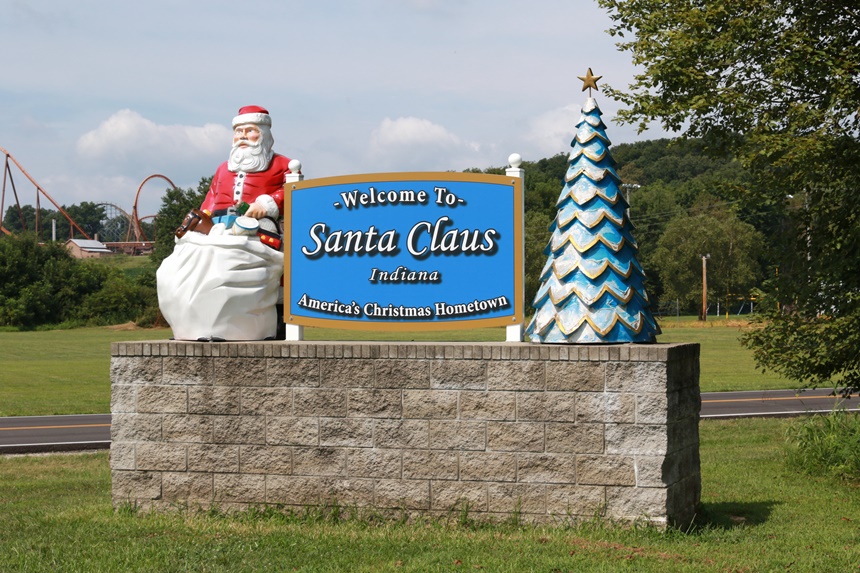
Every kid and parent in Santa Claus, Indiana, asked St. Nick for the same thing last Christmas: Clear skies on April 8. We’ll see if he delivers, but the Man in Red is putting his money where his mouth is: He’ll be on hand to Ho-Ho-Ho the midday darkness at the Santa Claus Museum & Village not only on eclipse day, a Monday, but also the whole weekend beforehand.
New Palestine, Indiana
(3 minutes 59 seconds)
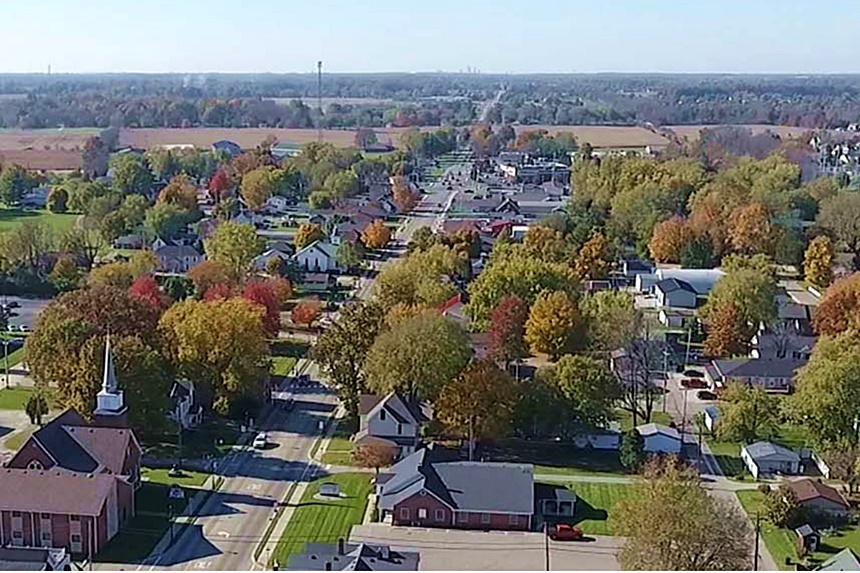
Indianapolis, home of The Saturday Evening Post, is right in the middle of totality, so most of our local staff will probably just head out to their back yards and look up (with proper eye gear, of course). Small towns all over the state are hosting viewing parties, from Shoals (“Total Eclipse of the Heart”) to Huntington (“Total Eclipse of the Park”). I’m a bit partial to the burg of New Palestine (Pop. 2,055), where the biggest news in recent years seems to have been the installation of flashers on a dangerous crosswalk. Grab a bite at Mozzi’s Pizza, stake out a spot on the high school field (“Home of the Dragons”), and you’re all set.
Mansfield, Ohio
(3 minutes 17 seconds)
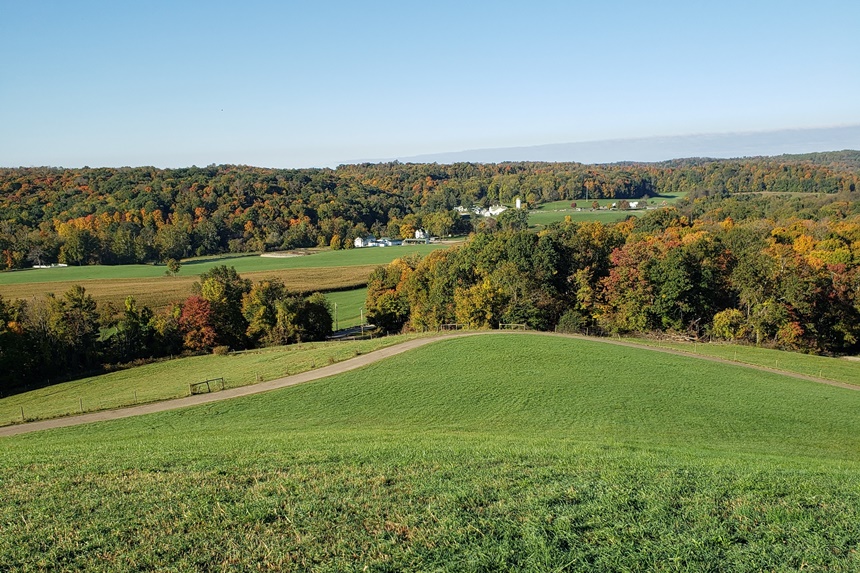
You’ll most likely have to wait a while to grab a ride on Mansfield’s famous Richland Carousel, one of the few hand-carved carousels built since the 1930s. But there’ll be plenty else to do while waiting for the moon to block the sun on Eclipse Day: Richland County Fairgrounds will host OHclipse Mansfield, a massive viewing party with seating for 2,500 people. Over at Central Park on The Square downtown, R&B music will greet the darkness. And 10 miles out of town, 900-acre Malabar Farm State Park should have room for everybody.
Erie, Pennsylvania
(3 minutes 42 seconds)

Pennsylvania’s fifth-largest city may top the population charts for this day, when totality will envelop The Bay City. Officials are already warning visitors away from the 13-mile shoreline of Presque Isle State Park, which is expected to be a madhouse given it has one entry and exit point. But Erie has poured a lot of love and resources into its Bayfront district and nearby Liberty Park. Viewing glasses will be available at visitor centers in the area, but Erie’s top eclipse viewing innovation will be a 2-hour 28-minute playlist that observers are instructed to start at precisely 2:02 p.m. The songs will all be timed perfectly to the different phases of totality (It’s a cinch “Moon Shadow” by Yusuf Islam/Cat Stevens figures in there).
Niagara Falls, New York
(3 minutes 31 seconds)
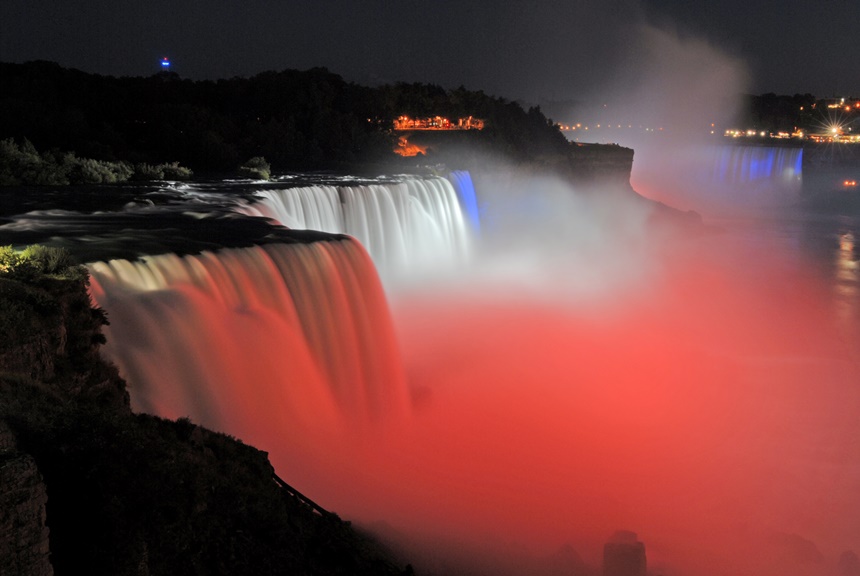
If your lifetime bucket list includes both a total solar eclipse and a visit to Niagara Falls, then April 8 is the one and only time in your lifetime you’ll be able to check both off on the same day. For four days prior to the eclipse, free astronomy lectures will be given by, among others, scientists and NASA astronauts at locations including Niagara Falls State Park and local libraries. For a decidedly retro eclipse experience, the 70-year-old Transit Drive-In Theater will open its gates for an unobstructed eclipse view at $5 a car (plus $5 for each pair of protective viewing glasses).
Mars Hill, Maine
(3 minutes 12 seconds)
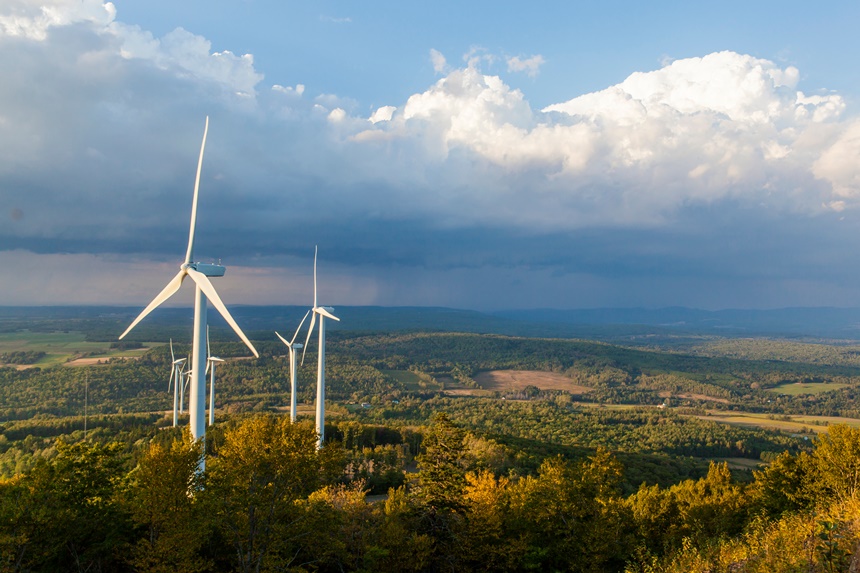
The town of Mars Hill offers little more than a bite to eat at The Rusty Crab and a bed at the Bear Paw Inn, but for the confirmed procrastinator, this is last spot you can catch the moon’s shadow before it zips out over Canada to the sea. Coincidentally, for nearly half the year, at 1,748 feet, the summit of Mars Hill is also the first spot in the lower 48 states to see the sunrise (on July 4, 1960, the first 50-star U.S. flag was raised here to a 50-gun salute). Be prepared for a hike, though: You’ll have to take a 1-mile length of the International Appalachian Trail (IAT), starting from the parking lot at the Big Rock Mountain Ski Area. Experienced hikers call it moderately difficult. I’m not making any promises.
Become a Saturday Evening Post member and enjoy unlimited access. Subscribe now
